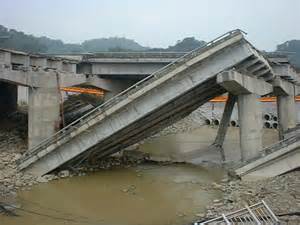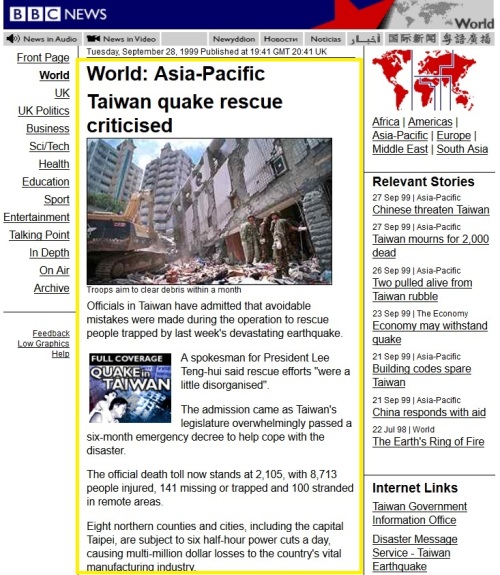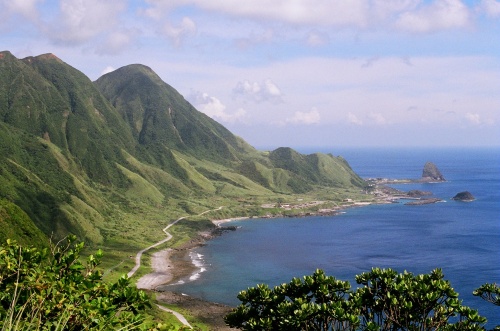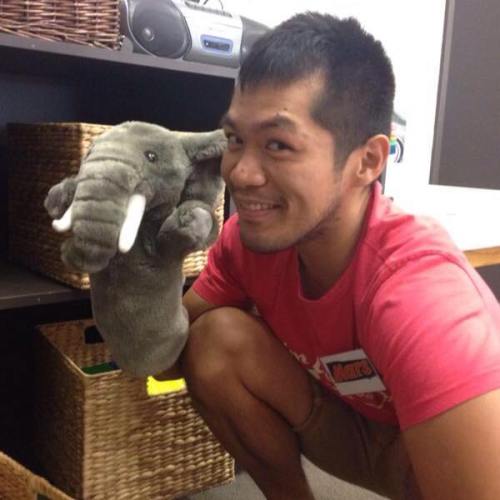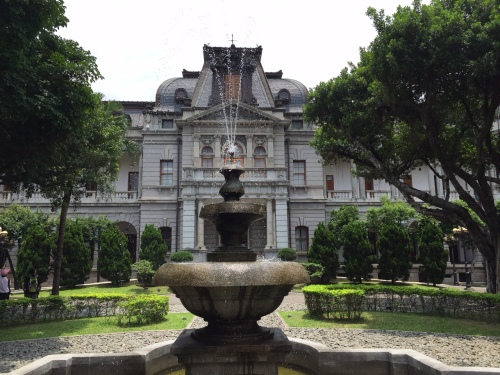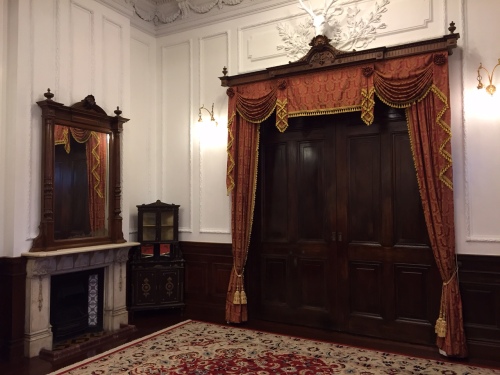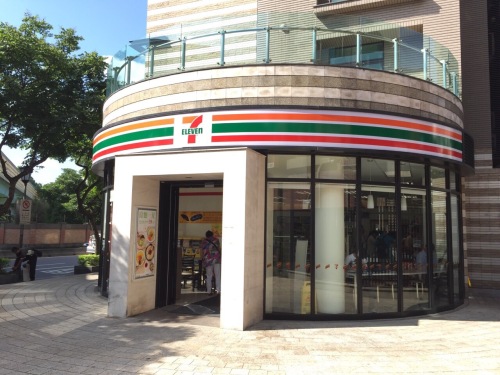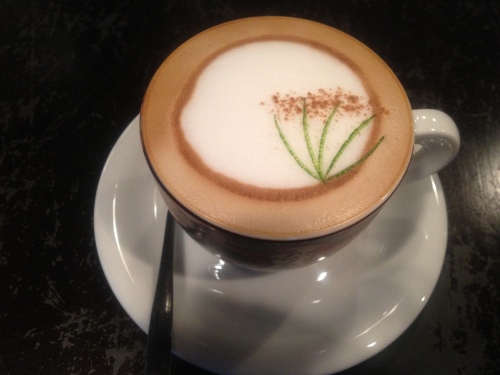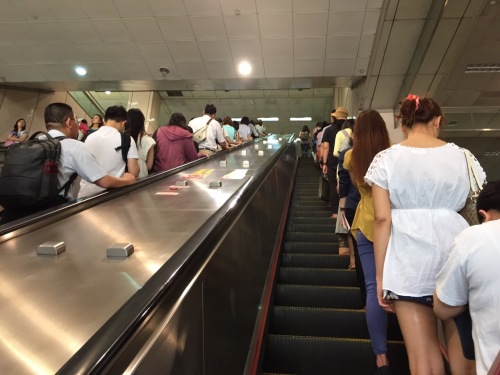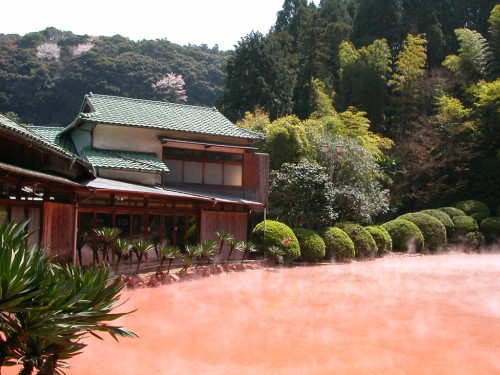Serious journalistic interest in Taiwan among the western media typically ebbs and flows with Taiwan’s presidential election cycle, unless it is an issue of immediate military or economic importance to China or the US. Yet though the stories may differ, the language that’s used to describe key details often rehashes some well-established clichés.
By Stuart Hill
It’s not unexpected that journalists will write from and appeal to the perspectives of their readership. So when writing about Taiwan, the key themes often concern regional military stability and freedom of trade (in which the US and China have a huge vested interest), various forms of territorial competition and, more recently, the beacon of light that Taiwan represents for all Chinese people.
Taiwan’s history is dominated by a narrative of economic exploitation from opportunistic powers from within Asia and Europe. At the same time, there is a pattern of cultural colonialism that has seen the dispossession of Taiwan’s aboriginal inhabitants and the domination of local elites by multiple waves of more powerful external forces.
It’s in this context that today’s reporting about Taiwan is heavily framed by the last big influx of settlers to Taiwan, who happen to have fled the Chinese Communist Party after World War II and secured an ally in the United States, especially leading up to the Second World War, then later the Cold War.

Looking back at the large landmass it had escaped, Taiwan’s KMT could be excused for its description of China as the Mainland. Less than 14 kilometers separates China from Taiwan’s most outlying islands of Kinmen and both the KMT and CCP have held dreams of unifying the two sides of the Taiwan Strait. It’s still China’s key goal for any concessions it makes to Taiwan’s business and political leaders.
The language used around these events, and the wording used to define these relationships, still heavily influences the way Taiwan is described in the media today.
Here are some examples.
Mainland China
It’s almost impossible to hear or see something written by a journalist concerning Taiwan without this cliché appearing somewhere. It really is a lazy term that appears almost by default as the journalist’s only adjective to describe China, notwithstanding the classic “Red China”.
This term is a politically loaded way of differentiating between a China run by the Chinese Communist Party – what everyone today would understand to be China – and the part of “China” under the control of the Chinese Nationalist Party (the Kuomintang or KMT) that fled from China and imposed itself on the remnants of Japan’s relinquished colony (with US help) which we know as Taiwan. After the Second World War, Chiang Kai Shek’s “Republic of China on Taiwan” had plans to take back “mainland China” by force, but it never eventuated.
Today, the possibility of a China that includes a mainland and “islands” is still justified by early Chinese imperial maps that ascribe ownership of these islands to China. Meanwhile the ongoing use of this language is a convenient point of difference for the US government’s support of a Free China (on Taiwan). Yet, in the context of a world where Taiwan and China are both separate political entities, there is no “non-mainland China”, there is only China.
To see how easy it is to get confused about which China is really China, take a look here:
1992 Consensus
Forget that the original consensus never existed between KMT and CCP delegates over the statement “there is only one China and that each side has its own interpretation”. Let’s also forget that the existence of any consensus was actually a huge KMT fib to make the same meeting appear to have achieved something of importance.
Fast forward a few years down the track to find the Chinese Communist Party clinging to its own definition of the KMT-inspired “1992 Consensus” as a non-negotiable pre-condition for any dialog about the future of Taiwan.
As with many discussions about Taiwan, it boils down to a patchy reconciliation between two Chinese adversaries dating back to the Chinese Civil War, with only President Ma Ying-Jeou and his KMT and President Xi Jinping and his CCP deciding that they had reached a new consensus on a lie about something that never even happened.
Taiwan’s Democratic Progressive Party (DPP) rejects the “consensus” on the basis that it does not effectively represent the beliefs or aspirations of all Taiwanese. In this dramatic love triangle, there really is no consensus.

“Communist Party chief Xi Jinping yesterday told honorary Kuomintang chairman Lien Chan that the mainland would respect Taiwan’s choices so long as both sides negotiate under the “one China” principle. ‘We respect Taiwan people’s choices of their social system and lifestyle,’ Xi told Lien at their meeting at the Diaoyutai State Guesthouse yesterday. But he also warned that cross-strait ties would be affected if both sides were not willing to adhere to the ‘one China’ principle under the so-called 1992 consensus.” (South China Morning Post, 19 Feb, 2014)
Read the article from the South China Morning Post where it refers to the 1992 Consensus and one-china principle.
Taiwan, the Renegade Province
You could imagine this phrase to be lifted straight from the Terms and Definitions pages of Xinhua News Agency describing Taiwan in the 1950s, but today’s repeated use in respected publications like The Washington Post surely does little more than denigrate the legitimacy of Taiwan’s long-standing self-government. Given that all hopes of “retaking the mainland” died along with KMT leader Chiang Kai Shek in the 1970s, and with borders that are clearly defined by the surrounding sea, it’s hard to imagine Taiwan as a provocative rebel base ready to stage an imminent take-over of China.
It wasn’t so during the 1950s to 60s, and Taiwan’s outlying islands are evidence of the huge battles that took place between the communist and nationalist forces over the right to command China. In China’s defense, Taiwan does have smaller islands in extremely close proximity to its coast which can be reached by fairly conventional cannons, and could be some justification for the hundreds of missiles China has deployed to “defend” its borders and get ready to take back this “breakaway province”.
But to continue describing Taiwan’s democratically elected president and parliament, its legal system, military system, education system, and economy as that of a renegade province is a bit of a dramatic stretch. As Issac Stonefish says, even the Chinese just call the place Taiwan, Province of China.

“China has protested to the United States after Taiwan’s de facto embassy in Washington hoisted a Taiwanese flag on New Year’s Day, and urged the US to respect the ‘One China’ policy. The US State Department said it had not been notified in advance of the ceremony and it was inconsistent with US policy. China deems Taiwan a renegade province and has not ruled out the use of force to take it back, particularly if the island makes a move towards independence. The One China policy holds that there is only one China and that Taiwan is part of it.” (Stuff.co.nz 16 Jan, 2015)
Read the full Stuff.co.nz article.
Read Issac Stonefish’s plea to today’s media: “Stop Calling Taiwan a Renegade Province”
Taiwan Strait Status Quo
A decade or so ago, the status quo between Taiwan and China was still being dominated by the notions of Taiwan as a stateless entity, with sovereignty to be resolved. Taiwan was a place, not a nation, and as long as the ROC “authorities” did not redefine Taiwan as a nation, the question of ownership could remain a topic for future discussion between the KMT and CCP.
What complicated all this theory was the fact that the Republic of China (ROC) was established in China in 1911 with its own constitution, army and governmental structures, and these were imported with the KMT when it fled to Taiwan. Yes, it brought national institutions with it and then set about governing people – through military dictatorship initially.
That’s also why Taiwan has China Airlines, China Steel, “Chinese” Telecom, “Chinese” Post, China Petroleum Corp, etc., all government established businesses. This is why Taiwan today, still officially the ROC, operates as a fully functioning social and political entity; albeit without the recognition of many other nations.
At the political level, an uneasy, unofficial truce between both sides of the Taiwan strait held together an atmosphere of delicate peace, that allowed economies to prosper and each society to evolve. As Taiwan’s society and political dynamic gradually transformed into something less authoritarian and more democratic, the status quo slipped into a feeling of “keeping things the way they are” – though no-one ever dared elaborate what that actually referred to.
And here we are today, where “keeping things the way they are” means maintaining the institutions of a normally functioning democratic nation. Thus today’s status quo means a society where free choice is the norm, where society is run by an elected government, where law is adjudicated by (hopefully) an independent judiciary. Winding all that back could only be described as altering today’s status quo, which is not the same status quo the CCP desperately wants to protect.

“The summit between the mainland’s Xi Jinping and Taiwan’s Ma Ying-jeou created a new status quo – one that lets leaders on both sides talk on an equal footing under the ‘one China’ principle, experts say. The summit not only set a precedent for the two sides to have high-level talks but also set an example – and restrictions – for the future ruling party and president of Taiwan to accept the one-China principle if peace was to be maintained.” (South China Morning Post. 9 Nov, 2015)
See the full article from the South China Morning Post about how the KMT and CCP have shifted the definition of the status quo.
The Diplomat warns about the shifting and multiple Taiwan Status Quo definitions.
Taiwan Independence
To hear China and the US talk about Taiwan’s independence, you’d think that Taiwanese were living under an undemocratic regime, one that frequently stifles the media and book publishers, locks up lawyers and human rights proponents, places strict controls on access to social media, the internet, and foreign movies, and threatens students and academics with defunding. If we were talking about the “Republic of China on Taiwan” in the 1970s – or the People’s Republic of China of today – you would be spot on.
So what does it mean when a DPP leader is described as “pro-independence”? As if somehow the KMT welcome other people to tell them what to think and do. In fact, all Taiwanese are in support of independent thought, choice, and movement. Certainly no leader on either side of the domestic political spectrum has advocated submitting themselves to the Chinese Communist Party or any other party as the way of the future for Taiwan (though a quickly dumped presidential candidate on the KMT side did start to go there).
Indeed, the KMT is known to be “pro-unification”, but this notion stems back to their core delusion of taking back the motherland after their loss in the Chinese Civil War. In those days, unification was to be enacted with the KMT in control, and no doubt a triumphant return to the halls of power in Beijing, or Nanjing, or Chongqing, or Shanghai…wherever they felt the capital ought to be located.
Instead, Taiwanese today suffer other modern tyrannies: the tyranny of consumer choice, the tyranny of the people’s right to vote, the tyranny of bans on their national symbols (and country’s name) appearing at international events, the tyranny of unfair representation on international bodies. But they are hardly lacking their independence.

“I will not declare independence, I will not change the national title, I will not push forth the inclusion of the so-called “state-to-state” description in the Constitution.” Quoted from Chen Shui-bian in 2000 (BBC News, 2009)
Read about Taiwan independence as reported by the BBC in 2009

A typical response to Taiwan’s presidential and parliamentary elections: “China’s Taiwan Affairs Office warned it would oppose any move towards independence and that Beijing was determined to defend the country’s sovereignty.” (CNBC via Reuters)
President Ma’s Easing of Tensions with China
UK Prime Minister Neville Chamberlain’s claim to fame was that he had negotiated peace with Hitler. That was before Germany began sweeping across Western Europe. It didn’t stop the blitzkrieg on London either.
You get the echoes of the past every time “peaceful relations” and “the easing of tensions” and Taiwan’s President Ma Ying-jeou are mentioned in the same sentence. The over-arching media narrative is that since Ma was elected in 2008 (after 8 years of “trouble” caused by former President Chen Shui-bian), relations between China and Taiwan and the US have never been better.
You can definitely say that relations between the Chinese Communist Party (China’s CCP) and the Chinese Nationalist Party (Taiwan’s KMT) have never been better. The result of which has been less trouble and more cooperation. The easing of tensions has been heralded in much the same way obedience is applauded in a slave. President Ma’s trade and transport and communication deals, and his historic meeting with China’s President Xi Jinping in Singapore, reflect a renewed alignment in the ambitions and interests of the former adversaries.
So yes, at the regional level President Ma has reduced the headaches of the US, and made the Chinese feel that their unification strategy is working, but as Taiwan’s frustrated youth have highlighted through protest, and as Taiwan’s recent election results have reflected: what’s the ultimate risk and cost of Taiwan’s continued compliance?

“Relations between the two sides have improved since Taiwan’s independence-leaning Democratic Progressive Party under outgoing president Chen Shuibian was roundly defeated by the more mainland-friendly Kuomintang. ‘KMT Chairman Wu’s visit will be conducive to strengthening communication and dialogue of the two parties and will push forward the peaceful development of cross-Strait relations,’ the mainland’s Xinhua news agency reported” (AsiaNews 19 May, 2008)
To see the article about post-2008 easing of tensions in the AsiaNews.










